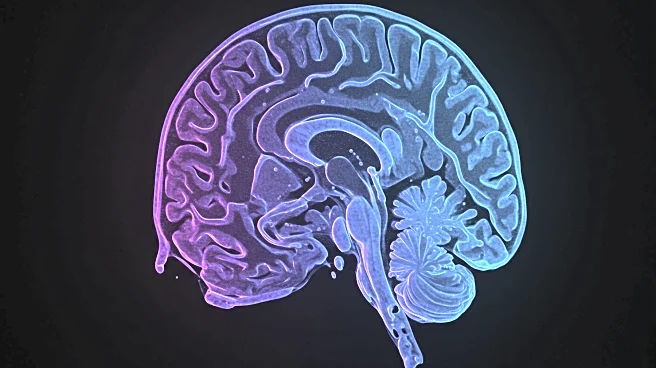Rapid Read • 8 min read
A new deep learning framework, the CrossMod-Transformer, has been developed to improve multi-modal pain detection by integrating electrodermal activity (EDA) and electrocardiography (ECG) data. This framework was evaluated using the BioVid Heat Pain Database and the AI4PAIN dataset, focusing on the detection of pain through physiological signals. The study highlights the limitations of video-based methods due to privacy concerns and the potential for patients to alter expressions, making EDA and ECG more suitable for real-world applications. The framework employs a combination of fully convolutional networks, attention-based long short-term memory networks, and Transformers to capture complex patterns in time-series data, enhancing the accuracy of pain recognition.
AD
The development of the CrossMod-Transformer framework represents a significant advancement in the field of pain detection, offering a more reliable and privacy-conscious alternative to video-based methods. By leveraging physiological signals, this framework can potentially improve patient care in clinical settings by providing accurate pain assessments without invasive procedures. The integration of advanced deep learning models allows for the capture of both short-term and long-term dependencies in the data, which is crucial for understanding the nuances of pain signals. This could lead to better management of pain in patients, reducing reliance on subjective reporting and enhancing treatment outcomes.
Future research may focus on refining the CrossMod-Transformer framework to enhance its applicability across diverse patient populations and pain conditions. There is potential for expanding the dataset to include more varied physiological signals, which could improve the model's generalizability. Additionally, integrating this framework into wearable technology could provide real-time pain monitoring, offering significant benefits for chronic pain management and improving the quality of life for patients. Collaboration with healthcare providers could facilitate the adoption of this technology in clinical practice, paving the way for more personalized and effective pain management strategies.
The ethical implications of using physiological data for pain detection must be considered, particularly regarding data privacy and consent. As this technology advances, it will be crucial to establish guidelines to protect patient information and ensure that the benefits of such innovations are accessible to all segments of the population. Furthermore, the potential for this technology to reduce healthcare costs by minimizing the need for extensive diagnostic procedures could have a profound impact on the healthcare industry, making pain management more efficient and cost-effective.
AD
More Stories You Might Enjoy










